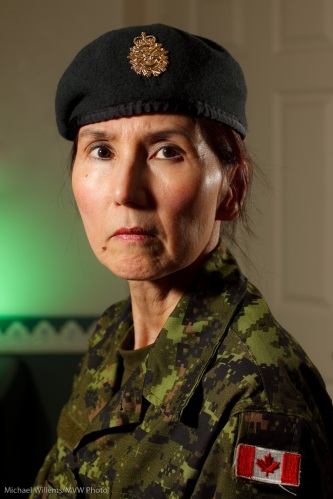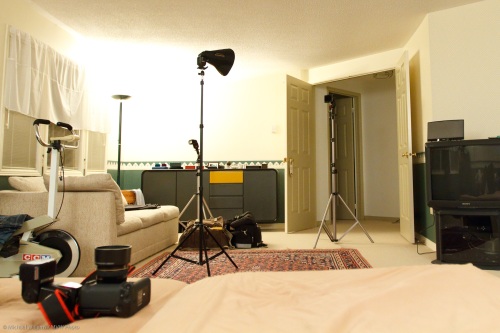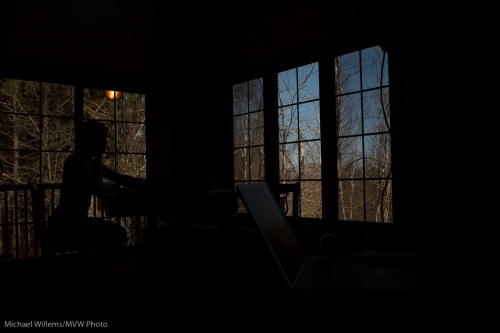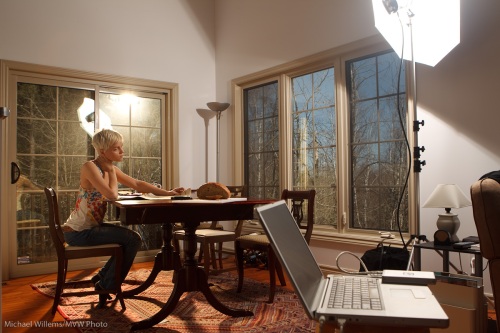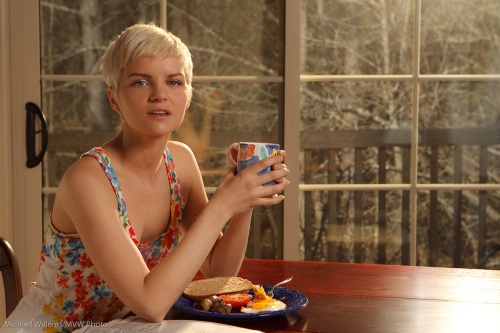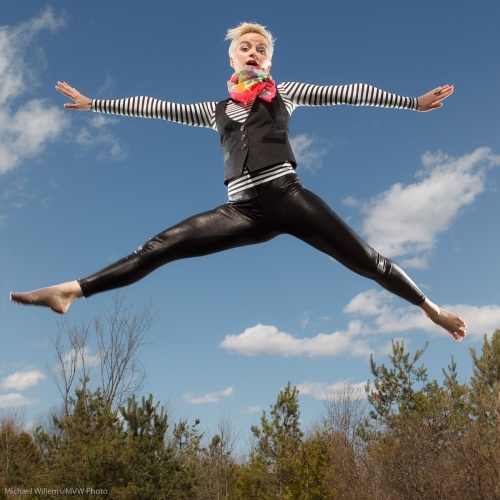Look at these images, and see why you need gels.
A gel is a piece of sturdy plastic that you put in front of your flash. (At least if you use something like the Honl Photo system it is sturdy; the ones that come with your SB-900 flash are very fragile and will melt quickly).
So assume you have some good, easy-to-use gels. Look at what just two gels and a bit of knowledge of my camera can do. And this takes mere seconds to set up!
Case One: Warm Face, Neutral background. Flash equipped with a CTO (“Color Temperature Orange”) Gel, white balance set to “flash”:

Case Two: Neutral Face, Cold Background. Flash equipped with a CTO Gel, White Balance set to”Tungsten”:

Case Three: Neutral Face, Warm Background. Flash equipped with a CTB (“Color Temperature Blue”) Gel, white balance set to “Shade”.
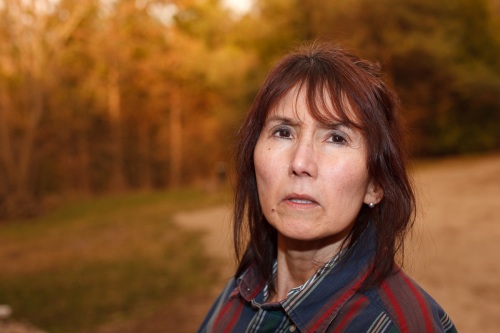
I mean – is that fun, or is that fun?
Note that the effect may not be totally right in camera – gels do not exactly correspond with white balance settings, which in any case vary per camera – but that is unimportant: you can fine-adjust later in Lightroom. The essence is that you throw different light onto the subject than onto the background.
Now do you understand why photographers are always going on about gels? Secret weapon – but now you know the secret, too.








